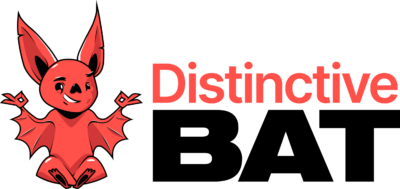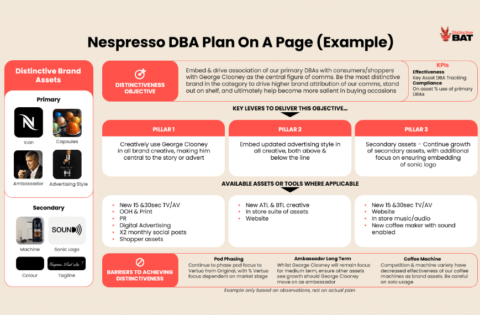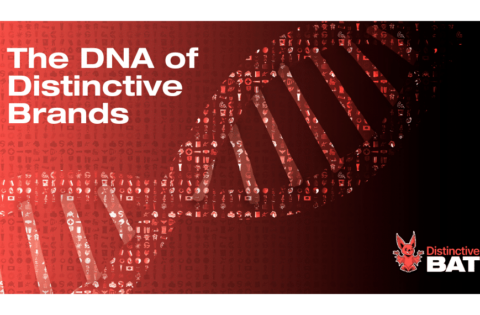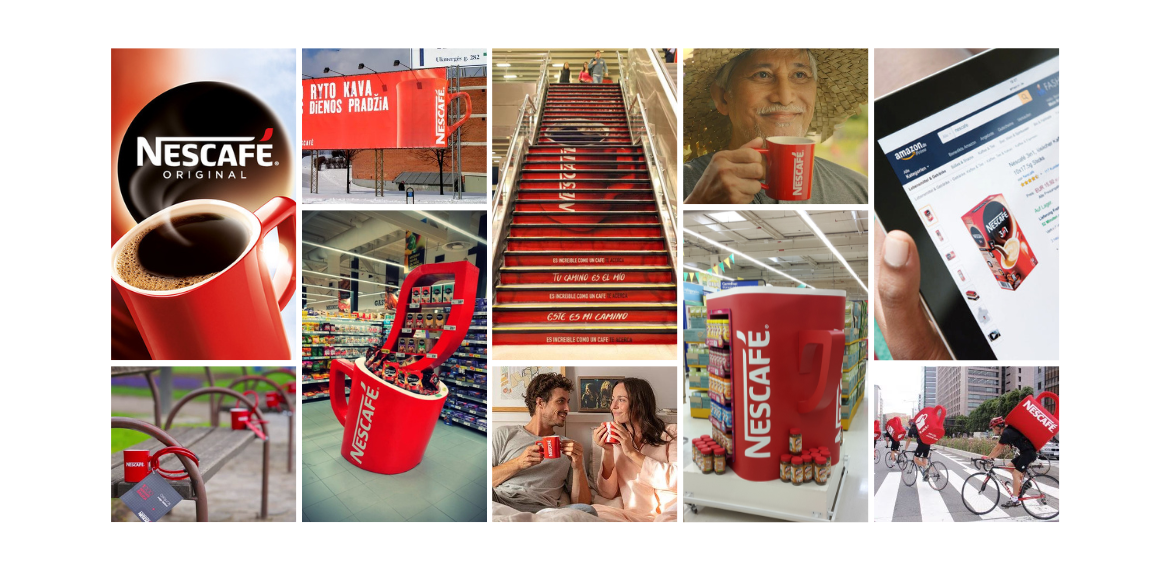
Connecting the Long & Short with Distinctive Brand Assets
Connecting the Long & Short with Distinctive Brand Assets
It has long been noted that integrated or multi-channel campaigns are more effective and drive higher ROI than single media-led campaigns. Three factors explain this.
- Reach – Multiple channels allow you to build incremental reach, and supplemental channels allow you to reach new people you wouldn’t have reached on another channel.
- Enhanced Repetition – By varying the context of your communications and message across channels, frequency becomes enhanced repetition, increasing ad recall, branding attribution, memorability and the landing of your message.
- Multiple Jobs To Be Done – Different channels help answer different tasks or jobs to be done. For example, some may be awareness-focused, some may generate advocacy, and some may be focused on conversion.
While campaign bursts are in no way dead, the move to more recency-led media planning (lower reach levels spread over more weeks), “always on” activity via social and performance media, along with the omnichannel needs of today’s consumers, means that our comms and marketing plans are more fragmented and disparate than ever.
This is where Distinctive Brand Assets (DBAs) play a leading role, connecting disparate marketing activities across both the “Long and Short” (i.e. across Brand Building and Sales Activations) in the eyes and minds of the consumer. DBAs stand out as distinctive elements that appear across channels, helping build memory structures for our brands via implicit learned associations across hundreds of System 1 (i.e., autopilot) type interactions. They create shortcuts for consumers, the vast majority of whom neither care nor know anything about brands in the way marketers do. And the results speak for themselves. According to Kantar research¹, well-integrated campaigns with DBAs at their core were shown to be 31% more effective at building brands, which jumped to 57% when customised by channel. Meanwhile, from a review of Effie marketing effectiveness award winners, the single most significant factor distinguishing winners from non-finalists was the degree of thematic and aesthetic coherence of the campaigns2.
But what does this mean for your media plans or omni-channel ecosystems? If a balanced plan across brand building and sales activation channels is most effective, how do you bridge the “Long & Short”? Here are our key takeouts.
Have a Plan
Ensure you know what your DBAs are and if you don’t, make a plan for creating and embedding them. Be careful about overestimating how embedded your DBAs actually are; this is where DBA measurement and tracking can be helpful. Remember, you see them every day, consumers don’t, and most light buyers don’t pay you any attention until they need to purchase the category. A quantitative assessment of your distinctive assets allows you to understand actual performance, removing any objectivity or bias. Once you are clear, include as part of your brand strategy highlighting the hierarchy in terms of priority, where to be used and how. Aim to build one asset at a time (and one might be all you need).
Distinctive Asset Measurement: Brand Research That Provokes Action
Used by some of the world’s most distinctive & leading brands






Make Them Mandatory
Once your DBAs are set, you need to be ruthless in execution; your DBAs need to show up on every channel where possible. Ensure they are included in every brief, from broader comms to social media to Shopper Marketing. They should also be highlighted within brand guidelines. Get all stakeholders on the same page, from commercial teams to retail partners, ensuring they are clear on what needs to be done.
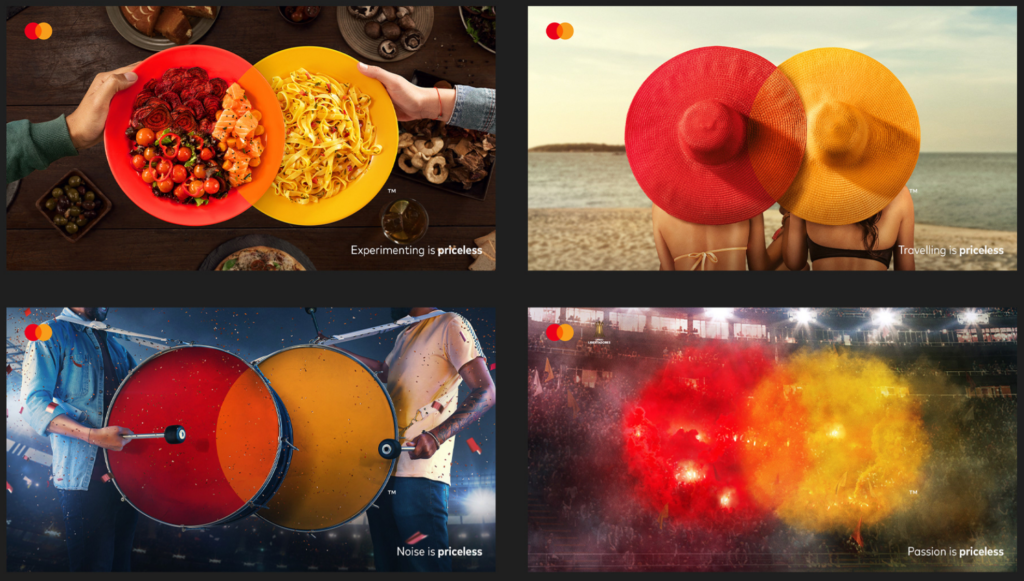
Omni-channel Mindset
So, you’ve multiple campaigns with different objectives and messages running throughout the year. Always-on activity is planned across social and shopper marketing. Your e-comm team are ramping up activity on Amazon and Google Shopping. A new website is planned. And you’ve got this lovely ecosystem mapped out, showing how they all come together in a perfect path to purchase symmetry. Unfortunately, life and marketing aren’t that easy. As well as we may wish a purchase is made via these journeys, more often than not, they are made via any one of millions of touchpoint combinations before consumers buy or rebuy. But if we can’t nudge people along each linear step, what can we do? This is where your brand assets can play a crucial role, ensuring you look familiar across channels so interactions and memories are connected, no matter what campaign or channel is involved. Your role as brand guardian is to ensure you take a helicopter view, understanding all the different touchpoints and how you can be consistent across each one to connect the dots. Of course, what works on one channel (e.g. print) won’t work on another (e.g. radio), which is why a clear plan on what your DBAs are and how they are used is so important.

The DNA Of Distinctive Brands
Inspire your team and brand, by understanding how to achieve greater levels of distinctiveness with our guide to Distinctive Brand Assets
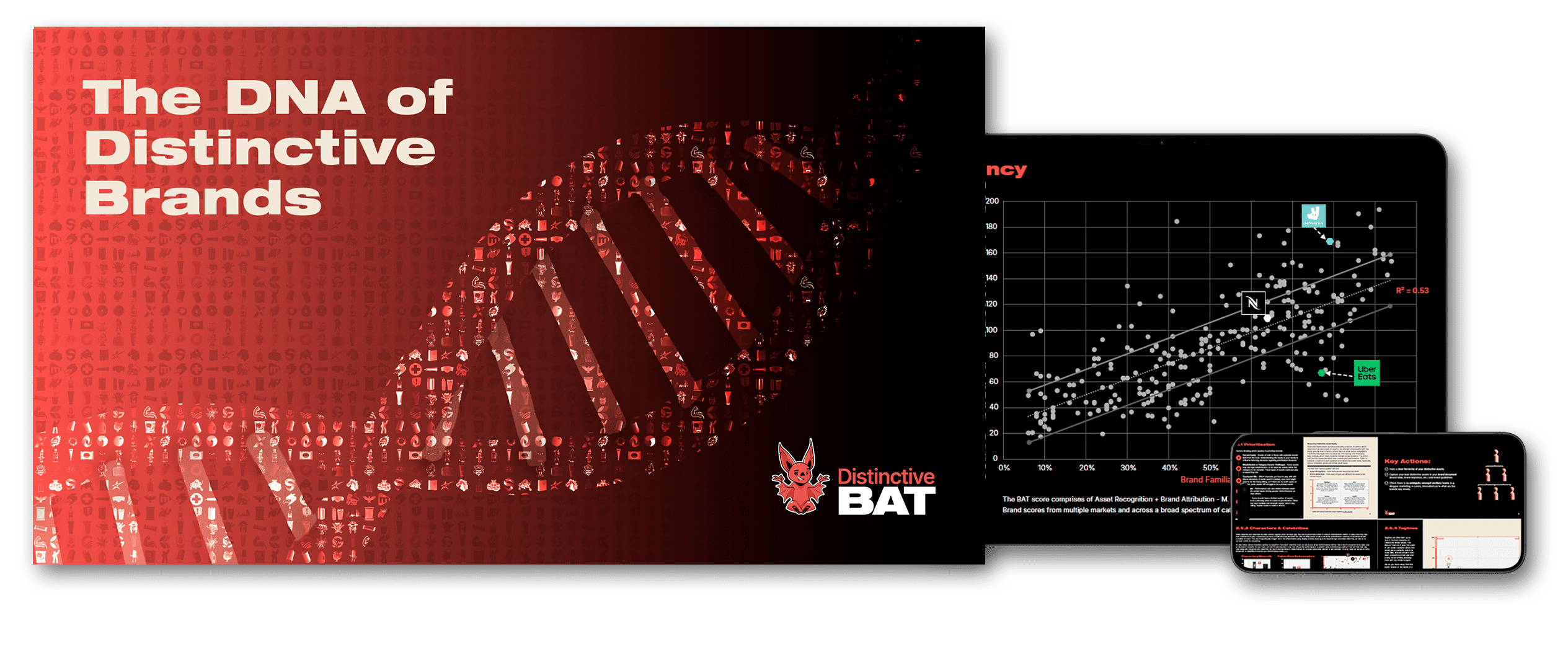
Customised Campaign Matching Luggage
Don’t see “matching luggage” as a bad thing; your different communications should look familiar. However, the most effective campaigns adapt their creative to work with the channel and context. Can you make your key DBA a crucial part of the TV ad? Can you animate your icon on social media? Can you make your DBA the standout feature of a disruptive OOH? Strike the right balance between integration and customisation, always tempered with the importance of consistency and not too much tinkering.

Compliance & Asset Audits
No matter what your role (local or global marketing) is, ensuring brand asset guidelines are followed is essential, especially for large brands working across markets with many interconnected teams producing creative. Any Google Image search of a brand demonstrates how inconsistent assets can become over time without the proper guidelines and controls. There are a number of options here, often it depends on how strict you want governance to be. On the really strict side, you could go down the route of central approval or have a lead creative agency responsible for this. Another option is utilising your digital asset management system for approval or reviews. Alternatively, putting in place a process for spot-checks can encourage greater compliance.
With all that being said, knowing your DBAs, tracking them, and being consistent and ruthless in using them across all channels will get you most of the way there, helping you bridge “the Long and Short” to avail of cross-channel synergy.
References
1 Kantar AdReaction The Art of Integration 2018
2 Dan White – Characteristics of Effective Advertising – based on 5 yrs of Effies Europe Data
Have any questions on Distinctive Brand Asset Research or Tracking? Drop me a message via LinkedIn or email at hello@distinctivebat.com
Distinctive Asset Measurement: Brand Research That Provokes Action

Used by some of the world’s most distinctive & leading brands






